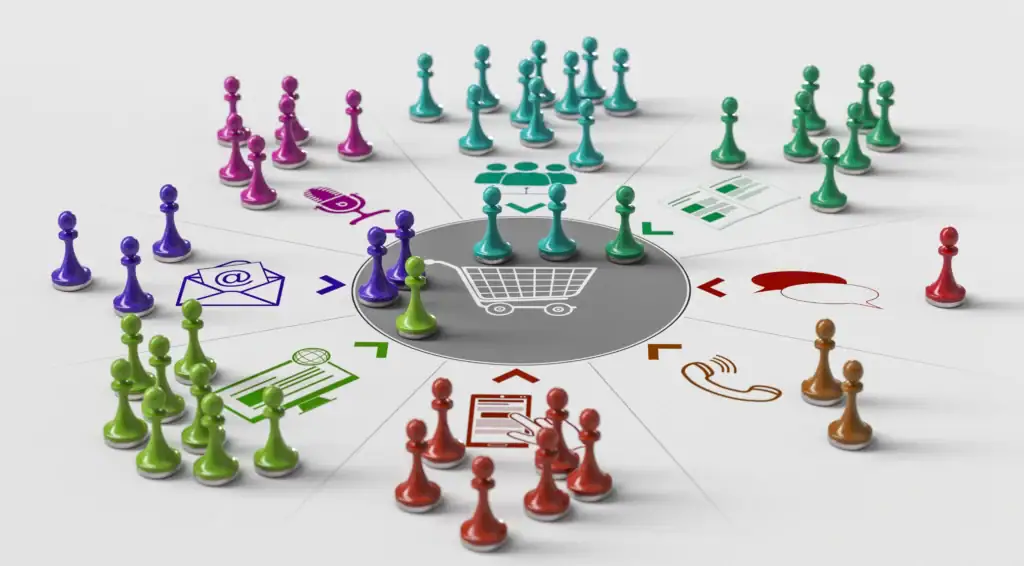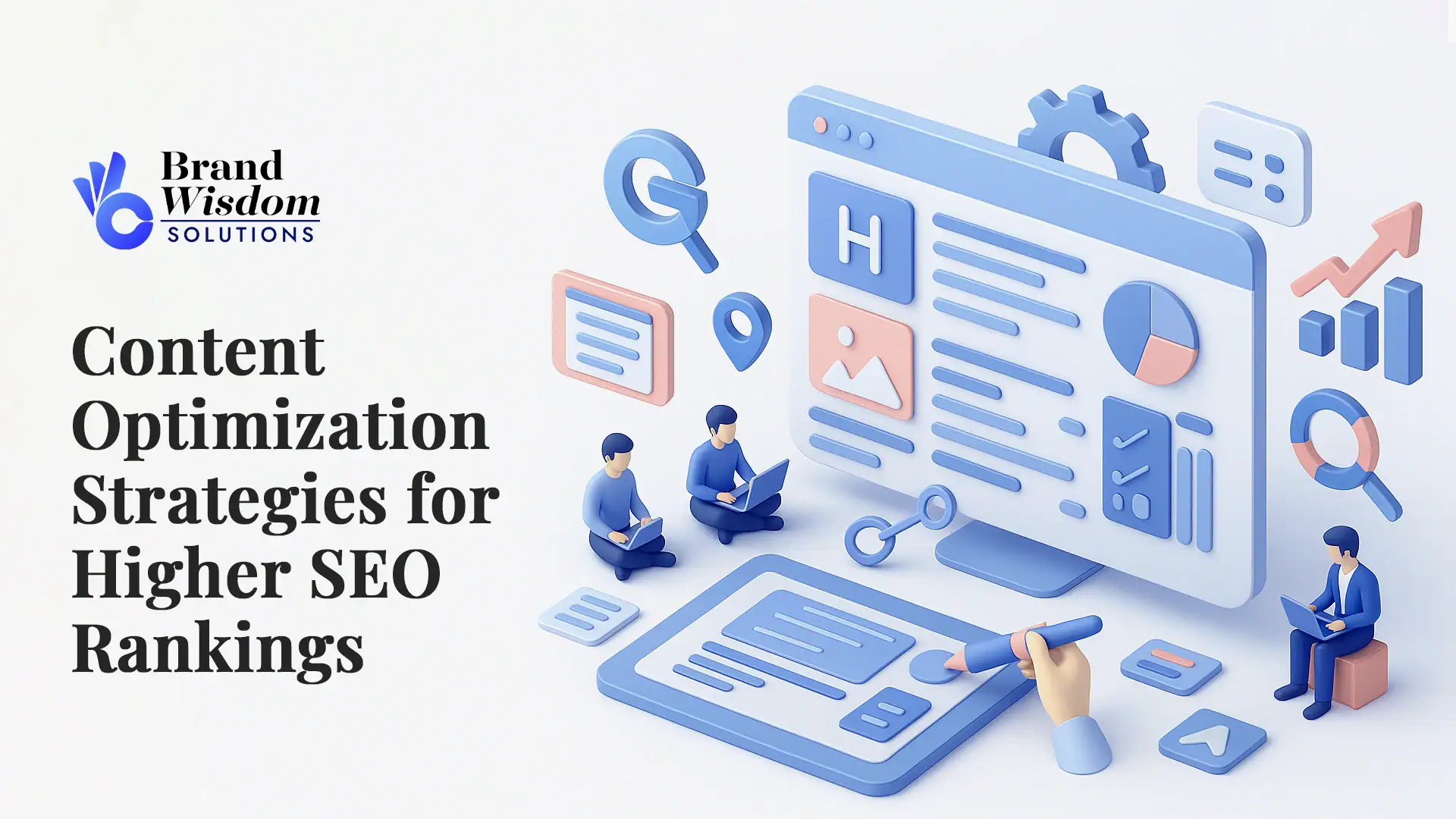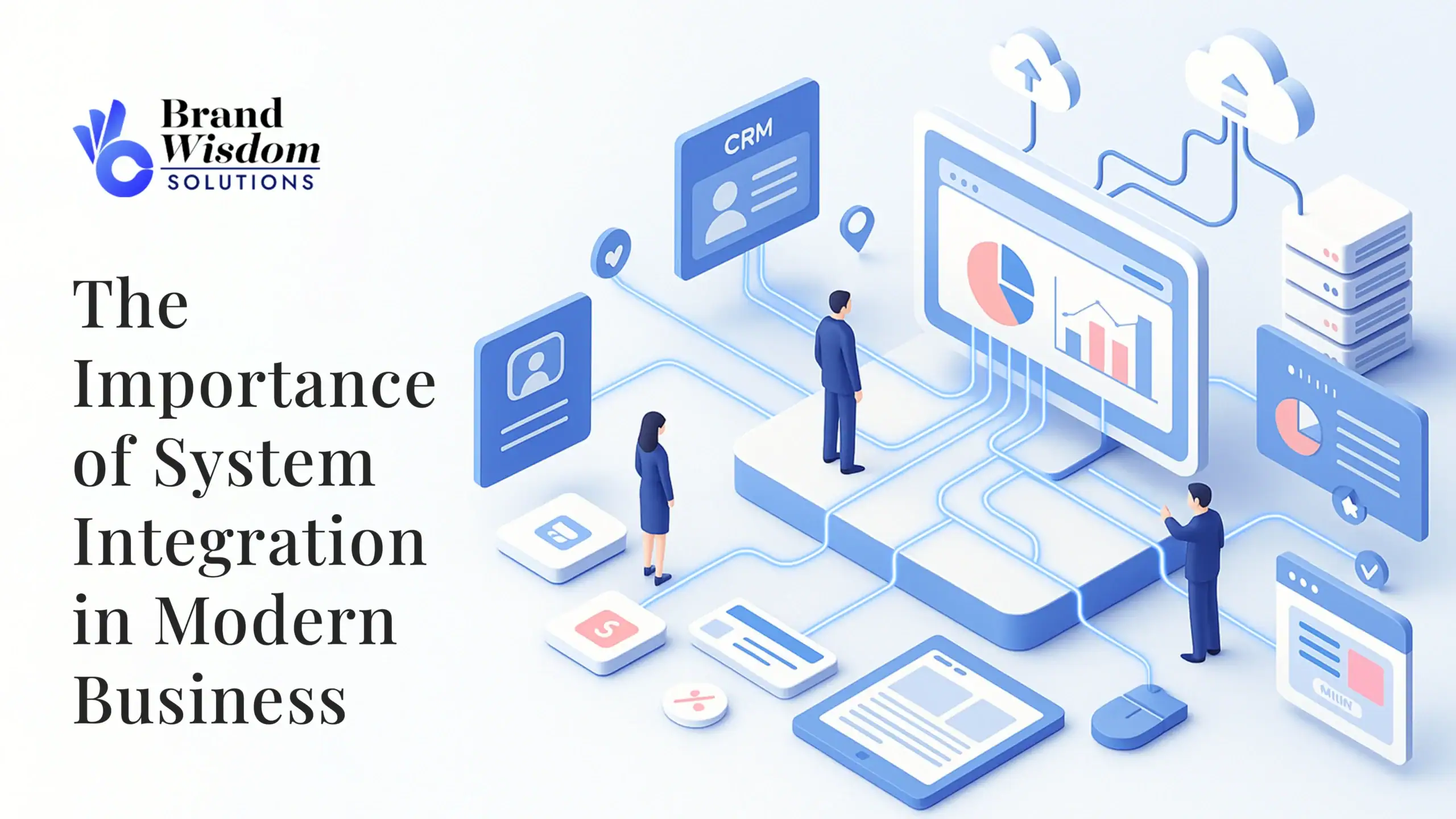Audience segmentation is also the most significant aspect of creating a good marketing strategy. It refers to when you divide your target market into smaller market segments. You are able to do this by observing factors such as demographic information, what individuals do, what they like, or where they reside. Your business can therefore improve its marketing campaigns so that you communicate with the right people.
By this approach, businesses can spend their time and money in the most effective manner. You speak with individuals who require your products or services. You also find out what people want. Your staff then creates your offers and advertisements accordingly to meet people’s demands. This results in an improved return on your efforts.
This blog will demonstrate to you how knowing about audience segmentation can make your marketing plan more powerful, engage more people, and earn more from what you invest.
Understanding Audience Segmentation

Audience segmentation defines smaller groups of people within a bigger target market that have similar behavior, needs, or characteristics. This way, companies can effectively customize marketing messages. Techniques involve demographic segmentation, geographic targeting, and segmenting by consumer behavior. Correct categorization unearths market trends and customer preferences so that companies can make product changes and messaging that appeals to them. Effective implementation can bring about higher conversion rates, brand loyalty, and customer satisfaction. Then we will talk about why segmentation is important to maximize your marketing strategy.
Definition and Significance of Audience Segmentation
Audience segmentation is when you start with a big market and divide it into little groups based on things that people share. This can be age, interests, or occupations. By doing this, companies can target a specific group with their marketing campaigns. This makes them use their money and time more effectively.
The value of market segmentation is that it serves to make marketing strategies more precise. When businesses create specific audience segments, they can ensure their message resonates with the audience that they desire to communicate with. Understanding your customers’ pain points or what they enjoy allows you to create ads or messages that speak directly to their needs. This makes people better understand you.
Using effective market division is also good for making more money. Companies that use these strategies often get better engagement rates and can use their people and money in better ways. Businesses have a much better chance to build trust, make strong connections, and gain customer loyalty by focusing on the traits of their audience.
Key Benefits of Effective Audience Segmentation
One of the key advantages of market segmentation is that it keeps customers content. When you define concrete market segments, you are able to craft offers, products, and services that satisfy each group’s unique requirements. This personalization yields improved customer satisfaction and a closer connection to your clients.
Another significant advantage is increased conversion rates. When you employ marketing campaigns that target a target market, there is a greater likelihood that the prospect customers will purchase from you. The reason is that you address directly the targeted audience segment, with concise messages that are not too generic.
Market segmentation also allows you to utilize your resources in an intelligent manner. If you have information such as demographics or observe the way people act, you can determine where to place your marketing effort for maximum performance. This reduces waste and increases returns, which is crucial to performing well in today’s hectic and fast market.
Types of Audience Segmentation

Audience segmentation may be done in different manners, each of which identifies distinct group features. A target audience analysis template may use several segmentation techniques to offer an organized view of various consumer segments. Demographic segmentation takes into account gender, marital status, and household size and is therefore an easy technique to apply. Geographic segmentation targets individuals’ locations, while psychographic considers personality. Behavioral segmentation is concerned with the use of the product and purchase behavior. Brands use these methods together for a holistic view of consumer needs. Now, let’s see how these segmentation strategies work in India.
Demographic Segmentation in India
Demographic segmentation is utilized extensively in India. This is due to the fact that India has a large variety of people and information on them is readily accessible. Marital status, age, earnings, and household size are considered by companies. Using this information, companies can create smaller segments. Such segments assist companies in reaching their target customer. For instance, a family with young children might seek educational products. Single, younger individuals might be interested in traveling.
Demographic segmentation also informs you about how individuals behave when they go shopping. Individuals who are similar to one another tend to shop in a similar manner. If you are residing in the city and your family income is higher, you can opt for quality goods that are more expensive. If you are from a rural area, you might save and look for products that are cheaper.
To segment by demographics, you require good data. You may obtain this data from a census count, surveys, or reliable sources. With such data, companies are able to know and reach whom they desire. This also assists in solid strategic planning, thus they communicate with their customers in the best manner possible.
Psychographic and Behavioral Segmentation
Psychographic segmentation is all about understanding what people care about, what they believe in, and their personalities. In India, most fitness companies seek individuals who take a great deal of interest in their health. They launch campaigns that present a balanced life and an active day. The luxury brands also employ psychographic segmentation. They analyze their market to target individuals who desire something unique that no one else has.
Behavioral segmentation is slightly different. There, businesses examine the manner in which individuals purchase items or the manner in which they consume products. For instance, shopping websites utilize behavioral segmentation to identify individuals who shop continuously and those who shop at specific times. They learn about these different groups and offer the appropriate promotions to each group.
Both behavioral and psychographic segmentation employ polls and surveys to find out what individuals enjoy. Gathering data in this manner informs companies about their market segments. The businesses can then ensure that their marketing is tailored to address the unique demands of their target market. This allows them to provide people with more customized and meaningful experiences.
Geographic Segmentation Across Different Indian Regions
Geographic segmentation involves dividing consumers according to where they reside. Indian culture and climate in various regions are different, so this is the most important method of identifying the right market segments. Numerous companies target northern India for winter wear. They also target southern states, as consumers in these states prefer light clothes throughout the year.
This enables us to understand what individuals in every place require, and it also informs decisions on how to advertise and how to increase sales. For instance, businesses, like FMCG brands, utilize geographic segmentation to advertise specific products such as spices where they are most popular.
Companies can obtain geographic information from customer questionnaires or through the use of IP addresses on internet sites. With such precise geographic facts, a business firm can utilize money and effort to the best. They can invest most where it is most needed and reap good dividends.
Implementing Audience Segmentation Strategies

The first thing to do in using segmentation strategies is to realize that your target consumers are not identical. You must know their age, occupation, interests, and behavior. All this information assists you in creating effective marketing strategies that are suitable for what people need.
Utilizing segmentation tools like Google Analytics will make you get more out of your marketing. These tools allow you to view which particular groups are bringing you the most. The following sections will discuss further selecting the key groups of people, applying proper technologies, and how segmentation functions.
1. Grasping the Significance of Audience Segmentation
You can see how vital audience segmentation is by the fact that it will make your marketing efforts more effective. When you divide potential customers into separate groups based on individual characteristics, you can tailor your marketing messages to meet their individual needs and interests. This will make your messages resonate with people more, thus raising conversion rates.
Market segmentation advantages do not only benefit you when communicating to your audience. It can also be an effective tool in product development. Being aware of what makes customer segments unique from one another, you can develop products that are suitable for what your ideal customers desire. This makes your products and marketing harmonize even more.
2. Identifying Key Demographics for Targeting
Knowing about key demographics is crucial to successful market segmentation. Such things as age, marital status, family size, and where one resides can reveal a lot about potential buyers. When you view demographic data, you can create marketing messages that connect with particular audiences. This usually makes individuals feel more involved and contented about what you have to sell.
Employing this mode of thinking allows you to identify customers who bear special features and experience the same pain points. These are the ones that are likely to reply, which can translate into higher rates of conversion. Using these demographic clusters, you can develop a marketing plan tailored to the unique demands of your target market and enable people to acquire what they truly desire.
4. Tools and Technologies to Enhance Segmentation Efforts
| Tool/Technique | Description |
| Customer Relationship Management (CRM) | Uses demographic and psychographic data to identify specific customer groups for targeted marketing. |
| Google Analytics | Provides insights on how users engage with your product and their online behavior for segment fine-tuning. |
| Social Media Analytics | Offers detailed information regarding audience preferences to enhance marketing strategies. |
| Segmentation Software | Aids in crafting marketing messages tailored to reach ideal customers effectively. |
Measuring the Impact of Audience Segmentation on Engagement and ROI

Successful market segmentation allows marketers to address particular groups directly. It makes audiences more engaged and can produce a higher return on investment. When considering customer segments, companies come to understand what differentiates them, what they struggle with, and what they enjoy. When you deliver the proper marketing messages to the proper people, it increases conversion rates and makes people happier with what you’re providing over time. When you utilize tools such as Google Analytics, you receive real data on how every audience segment is performing. These statistics will allow us to alter and refine our marketing campaigns and strategies. With this, there will be a much greater opportunity to achieve long-term success. Proper Market division is the key to crafting your work on a higher level.
1. Understanding the Basics of Audience Segmentation
Segmentation is the key process while creating intelligent marketing plans. It refers to dividing a wide market into groups of individuals who share something in common. This allows companies to craft their marketing messages to suit these potential customers. This enables companies to talk about particular needs and pain, and people feel heard.
As you apply demographic, geographic, and psychographic segmentation, you get to know your segments of customers. With this information, you can enhance your marketing. It can also enhance engagement as well as increase conversion levels. In the long run, this mode of operation assists you in establishing solid relationships and trust. It even leads to long-term brand loyalty.
2. Identifying Key Metrics for Success in Segmentation
Achieving audience segmentation success relies on getting the correct figures to test how effective things are. The conversion rates are a major indicator of this, as they reveal how effective marketing campaigns are at engaging various audiences. Other indicators to look out for are engagement metrics such as click-through rates and social media behaviors. These indicate whether the marketing messages find their way to the ideal customer. Monitoring customer satisfaction through surveys also comes in handy. It shows you pain points and what people like, which enables you to always improve things. Utilizing these methods collectively provides us with a solid foundation to continue improving marketing efforts for all the market segments.
3. The Function of Data Analytics in Audience Insights
Data analysis is a tool that can assist you in achieving more effective audience insights. This allows marketers to observe and realize the particular traits of various segments of customers. By examining sales figures and the manner in which individuals behave, companies can modify their marketing messages to suit the unique desires of target consumers. By employing this insight-based effort, marketing campaigns perform more effectively because they are able to reach various groups of people. This is what can result in increased conversion rates. By integrating data analytics into your overall marketing plan, you are moving toward your ideal customers. This puts your marketing team up for long-term success.
Common Mistakes to Avoid in Audience Segmentation

Following are some common mistakes:
- Inadequate segmentation criteria can result in ineffective targeting and messaging to your audience. Over-segmentation, on the other hand, may lead to confusion and dilution of your marketing efforts. It is crucial to strike a balance and ensure that your segments are distinct enough to be actionable but not so fragmented that they lose significance.
- Data insights and analysis are crucial in effective segmentation strategies. Overlooking these priceless sources of intelligence can lead to the loss of optimization and improvement opportunities. Updating segments regularly according to new data and feedback helps ensure that your strategy remains relevant and effective.
- Though personalization is everything, believing a one-size-fits-all solution will work for every segment can be the wrong approach. Customizing your messaging to address the needs and desires of specific segments is crucial to achieving engagement and conversions.
- Testing and measuring how well your segments perform are essential steps in optimizing your segmentation strategy. Analyzing metrics like response rates, conversion rates, and customer lifetime value allows you to determine what performs best for each segment and accordingly make data-driven optimizations.
- Demographics and psychographics must not be ignored while determining segments. You must know your audience’s traits, habits, interests, and driving forces to develop more focused and meaningful campaigns that will appeal to various segments at a more profound level.
How to Implement Audience Segmentation in Your Marketing Strategy

Effective audience classification starts by really knowing your target market and what makes them different. To implement strong market segmentation strategies, you need to use data analytics to identify distinct groups within your broader audience. Look at factors such as age, interests, and behavior to pinpoint these segments. When developing your marketing messages, ensure each one addresses the specific needs and pain points of each group.
These strategies also help in choosing the right communication channels and enhancing the overall user experience. Regularly track conversion rates and customer satisfaction to evaluate whether your marketing approach is effective. Adjust as needed to ensure your strategy supports your business goals and successfully reaches the intended audience.
Conclusion
Good audience segmentation is integral to any good marketing strategy. It encourages engagement and your return on investment. When you understand the different groups and what differentiates them, you can speak to them in a language in which they are comfortable. This makes the message feel more personal and enables the business to relate.
The work does not stop there. You have to keep on refining target market segmentation by evaluating new information in order to see how customer needs and preferences change over time. By doing so, you are able to meet people where they are and offer them what they need.
Utilizing these principles will help make people loyal to your business and can help provide you with a greater market share. This also helps the brand be strong in the long term and keep the tough competition.
Frequently Asked Questions
What are the best segmentation types for Indian markets?
The best methods of segmentation for Indian markets are geography, age segments, interests, and habits. You must understand about the region, the things that people enjoy, their cultures, and the ways they behave as customers. That will assist you in developing the appropriate marketing strategies for all types of individuals in this large and diverse nation.
What are the main advantages of audience segmentation for companies?
Audience segmentation assists companies in making their marketing campaigns accommodate various kinds of individuals. In this manner, companies can reach customers more effectively and derive more value from their investment. As soon as a company knows all the groups, it is able to utilize its resources optimally. It can also make its message simple, and bond with individuals more strongly. Ultimately, this supports the company’s growth, keeps the company ahead of other businesses, and does well in the marketplace.
How does segmentation of the audience lead to better marketing ROI?
Audience segmentation allows you to achieve more out of your marketing budget. It ensures that your message reaches the right people. When you communicate directly to the right audience, they will be interested and take action. This results in improved conversion rates. Proper utilization of your resources prevents you from losing time and money. Ultimately, this saves money and assists the company in generating more income.
What is audience segmentation and why is it essential to marketing?
Audience segmentation is the act of separating a target market into different groups with common characteristics. This approach is essential for marketing because it enables organizations to adapt their messages, enhance engagement, and boost conversion rates by providing relevant content to each respective audience segment.





